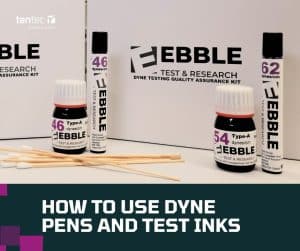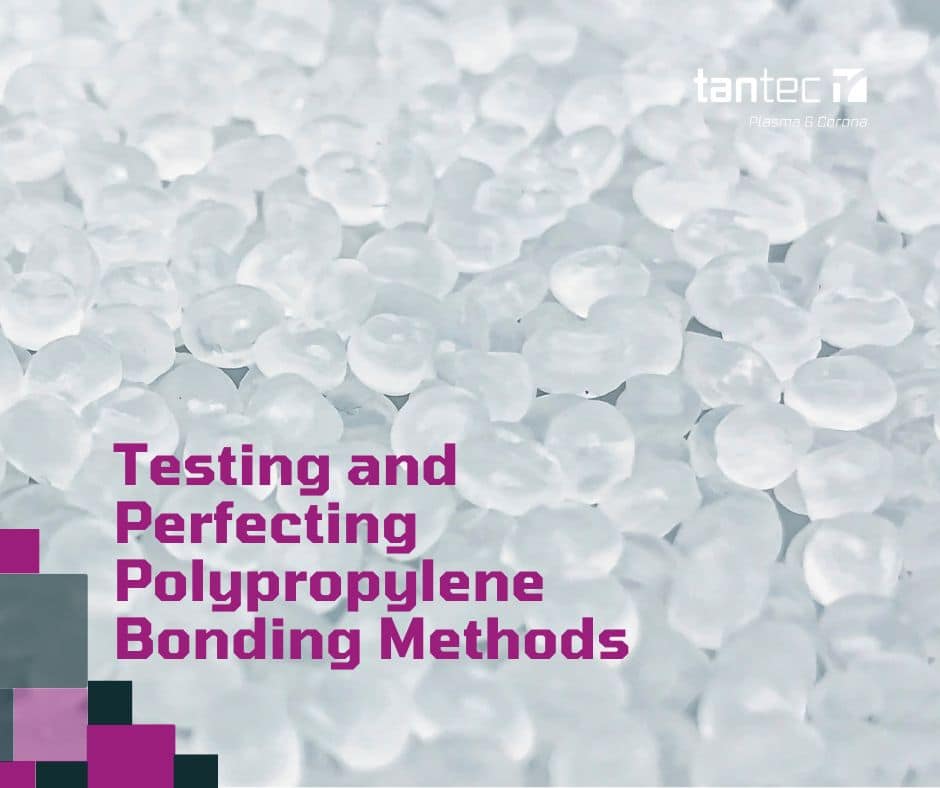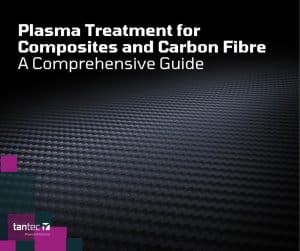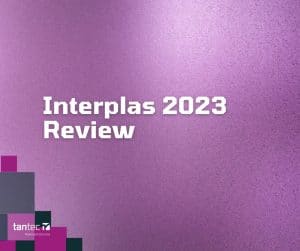
How to use Dyne Pens and Test Inks
Read this to find out the official way to get

Polypropylene (PP) bonding is traditionally a difficult task due to its low surface energy and inert material properties. Using glue, inks or coatings for polypropylene (PP) comes with challenges that while seem overwhelming at first, are well known, and easy to overcome for any budget.
The short answer is without any doubt, yes. It’s actually one of the easier polymers to bond to but bonding direct to the material without the right preparation is going to be very tricky.
There are a couple of techniques and ideas that people often use, which are good starting points for most adhesion issues on any material for that matter. Here we’ll discuss the main points:
When bonding any low surface energy material, polypropylene being the most common, it’s likely that cleaning is helpful but not especially performance enhancing. It will remove fingerprints or general dirt, but it still leaves inert material behind that is poor to stick to.
Abrading may be useful if something is on the material that won’t come off, but like cleaning, you’re likely to only leave exposed, inert material behind.
Priming and chemicals can be highly effective, often the best performance of any technique. However, the health and safety concerns, high VOC content and PPE requirements often mean that using it for more than small projects is not ideal. Less aggressive versions do exist and might give enough performance, but it does usually mean a person physically wiping the part manually is required, along with a ‘flash off’ period in which the part has to stand around drying before being used is required.
Active adhesives for low surface energy materials might be just what you need. They often have similar properties to their standard cousins and can be used directly with a wider range of materials. This is usually at a cost, with the adhesives costing significantly more than usual. The range is not always as good as standard adhesives either, so you may have to compromise on some features – strength, open time, cure time etc.
Flame treatment works really well for large injection moulded parts that might be presented along a robotic line such as a paint spraying system. Flame is very forgiving, but a large 6 inch burner throwing a flame the same distance forward is obviously a costly, and potentially dangerous way to go. Many users opt for gas bottles which also give a factory floor risk of gas canisters too.
Plasma and corona have a number of options, but the usual argument for not using them is the cost. If you are trying to treat a small number of parts, it’s likely that a primer or a low surface energy adhesive is sensible. Plasma and Corona start around £6,000, which buys a lot of primer, so these technologies are definitely for applications requiring the level of repeatability, consistency and automation that comes with them. This cost is often offset by the fact that cost effective polymers like polypropylene can be used instead of costly alternatives such as PC/ABS, a standard adhesive can be used or that less operators are required due to the automated systems instead of manually abrading or wiping components.
Alternatively, Ebble Manufacturing do offer contract plasma and corona treatment of parts, along with subassembly which can be highly cost effective when compared to any of the discussed bonding methods.
To answer the question, is one technique the best? It depends on the application. Priming and chemical wiping are aggressive, which often gives them very good results. However, this is often matched by plasma, corona and flame treatment. Low surface energy adhesives might have some drawbacks, but if designed right, they can function really well. Abrading a metal with a rust layer at the surface is going to be highly effective, but almost completely ineffective on a polypropylene moulding.
Bonding and pulling materials apart using dolly pull tests, peel or lap shear tests are the most common offline tests. Trying to pull finished products apart is also very useful, as is putting the part into extreme situations and testing to destruction.
People also measure surface energy using contact angle or test inks, and while it is true to think that higher surface energy will give improved adhesion, it’s not always the case. You need to confirm this using other methods so you can then use those results to design a quality check for production.
Tantec and Ebble Manufacturing run all these test types and more from our labs and facility in Redditch, Worcestershire. Available for use during production with Ebble Manufacturing, or for general investigation.
Bonding polypropylene and other low surface energy materials can be tough. Traditional methods like abrading can be useless and some of the other methods are hard to find or costly.
Evaluating as many of the techniques as you can is sensible so you can make an informed decision on how to run production.
Tantec-UK and Ebble Manufacturing welcome any opportunity to help along the way, whether it’s providing small scale manufacturing support, or large scale machine installation. Both ends of the scale often involve time in the lab and we are happy to act independently to evaluate adhesives, preparation techniques and manufacturing methods that suit your processes.
Say hello today for a free of charge discussion and visit so you can understand these issues first hand!

Read this to find out the official way to get

Composites are becoming increasingly important in manufacturing, whether these are

Tantec UK and sister company Ebble Manufacturing work in a
40A Crossgate Road
Park Farm Industrial Estate
Redditch
B98 7SN
Tel: 01527 304 004
Email: info@tantec-uk.com
